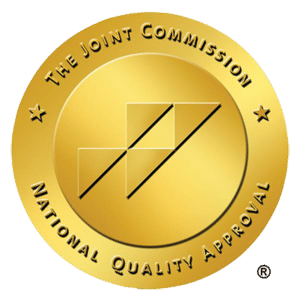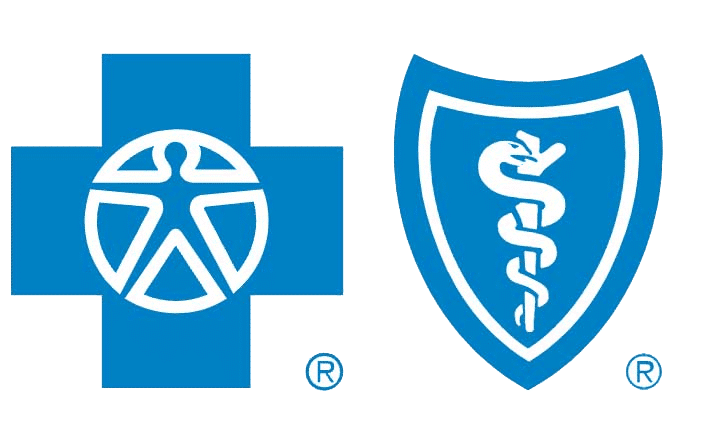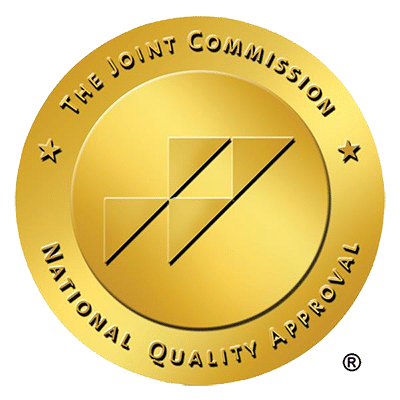It’s no secret that our environments change with the seasons. As summer transitions to autumn and winter, the weather gets colder and the nights get longer. For some people, these changes can affect mood and behavior. You might find yourself sleeping more than usual, isolating from others and feeling hopeless or overwhelmed. If these symptoms tend to emerge during the colder months, you may be experiencing seasonal affective disorder (SAD).
Put simply, SAD is a form of depression that’s connected to the seasons. While it can impact anyone, it’s especially difficult for those struggling with or recovering from substance abuse. Many people with SAD turn towards drugs to help numb the negative emotions associated with depression. In this article, we’ll explore what SAD is, its link to substance abuse and how to handle it in a healthy, drug-free way.
What Is Seasonal Affective Disorder (SAD)?
As mentioned above, SAD is a depressive disorder caused by changes in the seasons. For most people, the symptoms begin during the fall and continue through the winter. In rarer cases, symptoms start during spring and resolve before winter. SAD is believed to affect about 10 million Americans, with women being four times more likely to experience it than men.
It’s not totally clear why winter triggers depression. However, both physical and mental factors likely play a role. Winter comes with reduced sunlight, which may lower the body’s natural serotonin levels (a brain chemical that helps regulate mood and behavior). It also alters melatonin levels, which affects sleep and mood. On the mental side, the reduced sunlight and cold weather can encourage people to stay indoors and withdraw from others, consequently increasing loneliness.
The symptoms of SAD vary from person to person. However, most people experience the following:
- Sad feelings that persist for days/weeks
- Low energy levels
- Trouble sleeping
- Difficulty concentrating
- Loss of interest in previously enjoyable activities
- Carbohydrate and junk food cravings
- Hopelessness or in severe cases even suicidal thoughts
If you notice signs of SAD, don’t ignore them or wave them off as “the winter blues.” Over time, symptoms can have a serious effect on physical and mental well-being, increasing the risk of problems like social isolation, anxiety and substance abuse.
How Is SAD Connected to Substance Abuse?
As you may know, depression often occurs with substance abuse. In fact, according to the Anxiety & Depression Association of America, approximately 20% of Americans with a mood disorder also experience substance abuse (and vice versa). People who feel depressed may use alcohol and drugs to mask those feelings and elevate their mood. On the flip side, substances like alcohol and certain drugs can negatively impact one’s day-to-day life and relationships, leading to depression.
Although anyone with depression can experience substance abuse, people who are recovering from addiction typically have a higher risk. To determine whether you have a substance abuse disorder, consider the following questions:
- Do you spend lots of time using or recovering from substances?
- Does substance use disrupt your daily schedule?
- Do you frequently use substances to cope with negative emotions?
- Has your substance use grown over time?
- Have you had trouble reducing substance use?
If the answer to most of these questions is “yes,” it’s important to seek treatment as soon as possible.
How Is SAD Diagnosed?
Going through seasonal affective disorder can be difficult — especially when it’s paired with substance abuse. The good news is, there are treatments available to help manage symptoms.
Before receiving treatment, you should visit your doctor to get an official diagnosis. Most doctors will ask you about your symptoms, as well as any mood or behavioral changes. Here are a few topics they may bring up:
- The extent of your depression symptoms
- How long you’ve been experiencing depression symptoms
- How often these symptoms occur
- The extent of your substance abuse
- Whether you have a history of substance abuse
Asking questions will help your doctor determine whether you have SAD or another, related disorder (such as major depression). It will also give them insight into the role substance abuse has played in your life. Fully understanding your mental health will help them come up with an effective treatment plan.
What Treatments Are Available?
There’s no universal solution to treating depression and addiction. Some treatments are geared towards SAD, some focus on substance abuse and others address both simultaneously. Let’s take a closer look at a few of the top treatments available.
Lifestyle Changes
One of the first treatments your doctor may recommend is lifestyle changes. Making small adjustments to your day-to-day routine can alleviate symptoms of SAD and even help prevent it from occurring again. Examples include:
- Spending more time in the sun
- Light therapy
- Taking vitamin D supplements
Since SAD is directly connected to reduced sunlight, spending more time in the sun can help improve mood. Going outdoors isn’t the only way to achieve this — you can increase light in your home or office by keeping the blinds open or purchasing a light therapy box (which is designed to mimic real sunlight). Of course, artificial light won’t provide vitamin D like the sun does; if you notice your vitamin D levels drop, taking supplements can help.
Once you know you have SAD, you can use these lifestyle changes as preventive measures. As soon as the weather changes, make sure you’re getting enough sunlight and vitamin D. In addition to lowering the risk of SAD, these changes are beneficial to your overall health.
Antidepressants
If you have serious depression symptoms, your doctor may recommend antidepressant medications. There are several types available — however, the most common are selective serotonin reuptake inhibitors (SSRIs), which work by increasing serotonin levels in the brain. Antidepressants prove effective for about half of patients — according to one study, between 40% and 60% of patients taking medication noticed an improvement in mood after six to eight weeks.
Psychotherapy
Psychotherapy has proven effective in helping people overcome both depression and addiction. Rather than rely on medication, it involves working closely with a mental health professional to better understand and improve holistic wellness. Common therapies for SAD and substance abuse include:
- Cognitive behavioral therapy (CBT)
- Motivational Interviewing (MI)
- Family systems therapy
People with depression often have negative, extreme thoughts. Through CBT, they’re encouraged to re-evaluate these thoughts and see them in a more positive, realistic light. For example, “I made a mistake at work, and now I’m going to get fired” would be transformed into “I have plenty of accomplishments to be proud of, and one mistake would not get me fired.” The ultimate goal is to change overall thinking patterns.
Another helpful form of therapy is motivational interviewing. This can be divided into two steps: first, patients are motivated to make changes. Then, they come up with an active plan that shows they’re committed to that change. MI can help with both depression and addiction recovery.
In many cases, depression and substance abuse affects the patient’s loved ones. That’s why doctors often recommend family systems therapy. This treatment educates families about mental health conditions so they can provide support to the patient.
Rehab
Inpatient environments, like rehabilitation centers, give patients the hands-on support they need to overcome depression and substance abuse. In addition to providing access to therapists and support groups, rehab facilities can safely guide patients through the detoxification process.
It’s important to note that completing a rehab program isn’t a permanent solution — rather, improving mental health and substance abuse is an ongoing process. To reduce the risk of relapse, many patients continue to implement lifestyle changes and receive support through therapy and support groups. Ultimately, making your mental health a priority is key to overcoming SAD and preventing drug abuse.
Related Posts

Critical Signs of Meth Addiction: Symptoms & Support Options
Wondering what are the warning signs of meth addiction? Early detection can be lifesaving. From drastic behavioral swings to ‘meth mouth,’ these symptoms are alarming

Essential Guide on How to Help Someone with Meth Addiction
If you’re seeking to understand how to help someone with meth addiction, this article is your immediate support guide. Encountering meth addiction within someone you

Recognizing the Warning Signs of Marijuana Addiction
Knowing the signs of marijuana addiction is vital for recognizing a serious problem that often goes unnoticed. In this article, we address the real indicators

Decoding Opioid Addiction Statistics: A Harsh Reality Check
What do the numbers say about the opioid crisis? Diving into opioid addiction statistics offers a sobering reality check: a surge in usage and deaths

Effective Strategies on How to Prevent Opioid Addiction
The key to preventing opioid addiction starts with being informed. If you’re seeking concrete steps on how to prevent opioid addiction, this article is for

How to Help Someone with Cocaine Addiction Effectively
Wondering how to help someone with cocaine addiction? It can feel overwhelming, but your role is crucial. In this guide, you’ll find understandable and practical















